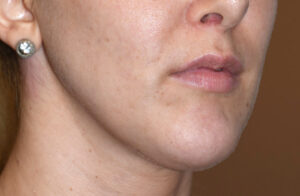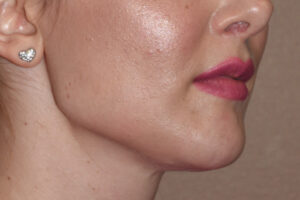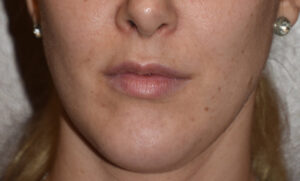Background: The pursuit of a well defined jawline always involve some form of augmentation. Whether this is along the corners of the jaw (chin and jaw angles) or along the entire jawline, building it out is the key to seeing an improved lower facial structural appearance.
But where to place these augmentations dimensionally is the key to determining how to change the jawline favorably. Chins can be changed in both horizontal projection as well as in vertical length. (longer vs shorter) Jaw angles can be changed in width and in vertical length. While increasing chin projection and jaw angle width is the most recognized forms of aesthetic jaw augmentation, they are not appropriate for everyone.
One of the important aesthetic jaw assessments to make preoperatively is the mandibular plane angle. This is the slope of the jawline which is essentially a line drawn between the bottom of the jaw angles and the bottom of the chin. A high mandibular plane angle typically means the vertical length of the ramus (jaw angle) is short/underdeveloped. This often leads to a short horizontal body length of the jaw and a chin that is then horizontally short as well. In essence the L shape of the lower jaw in side view is undesirably ‘tilted’.
Aesthetically correcting the high jaw angle patient typically means the chin needs to be horizontally advanced and the jaw angles lowered. In essence the mandible plane angle needs to be derogated making the lower limb of the L more horizontal. But this is not the only method to change he mandibular plane angle.
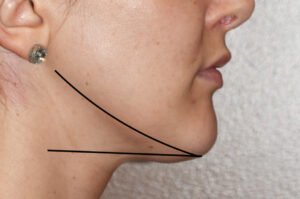
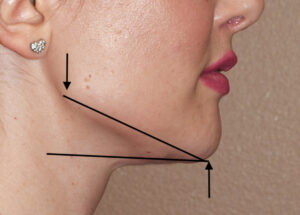
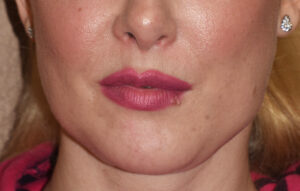
Case Highlights:
1) In considering options for aesthetic jaw augmentation the mandibular plane angle is an important preoperative assessment.
2) In the high mandibular plane angle patient, some vertical lengthening of the jaw angles is usually needed.
3) Vertical lengthening of the jaw angels can be combined with any form of dimensional chin change including vertical chin length reduction.
Dr. Barry Eppley
Indianapolis, Indiana



